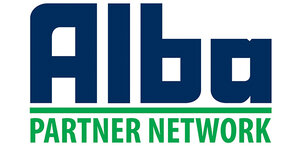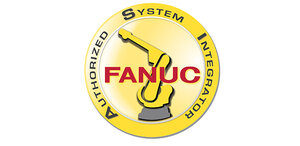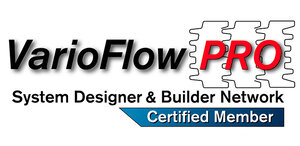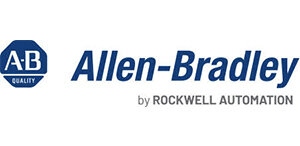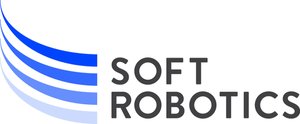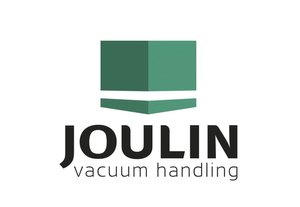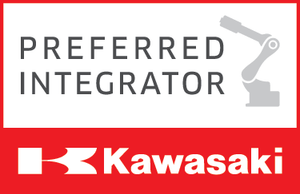Deploying industrial automation has multiple advantages including higher productivity, quality, flexibility, accuracy, and safety.
Understanding the advent of automation is to understand the inertia of technological change over the last 300 years:
1. The Industrial Revolution (Industry 1.0) began in the 1700s with the mechanization of the workforce and the introduction of steam power, shifting the economy from agricultural-centric to manufacturing-centric.
2. The second evolution (Industry 2.0) came in the 1800s with the introduction of electricity, gas, and oil power, prompting the creation of the internal combustion engine and the first automobile.
3. The third evolution (Industry 3.0) began in the 1900s, which saw the introduction of nuclear power and the proliferation of electronics, telecommunications, and computers and robotics.
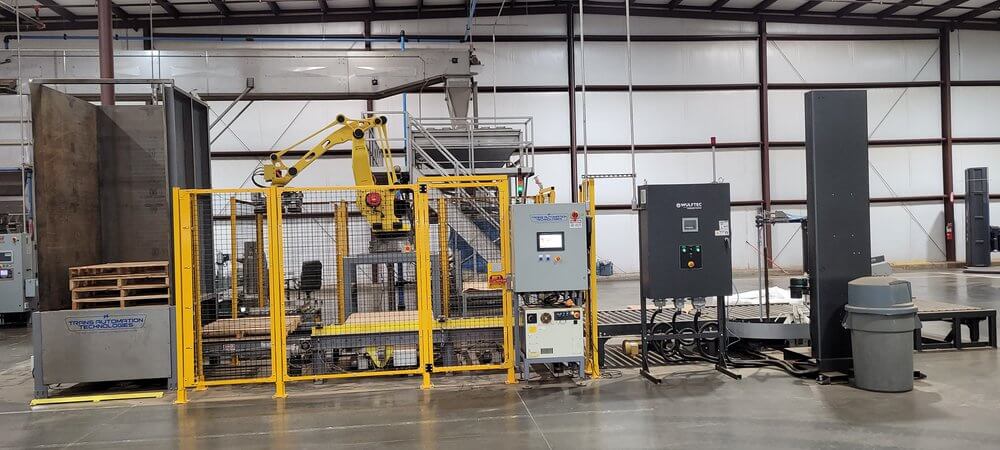
Robotic development in new applications can now drive quantifiable return on investment (ROI) results. The combination of connected hard and soft assets drives productive efficiency by augmenting what humans can do and, in many cases, reducing the need for human intervention. One of the largest areas impacting industry is Industrial Automation which links:
A- operating technology (OT) like computers, sensors, machines, devices to
B- robots that complement and, in some cases, replace humans in industrial processes and production settings.
Up to now widespread adoption of automated assets such as robots, particularly in small to mid-size manufacturing (SMM) firms, has been limited. For many years, the automotive sector has been the predominant consumer of robotic equipment. In 2020, however, for the first time in history, adoption of robotics by non-automotive sectors increased above the automotive sector. The use of automation has been limited to the largest manufacturers in the U.S., yet more than 75% of the manufacturing companies in the U.S. are SMM firms that have fewer than 20 employees. This segment has not yet seen widespread adoption of automation technology.
While estimates indicate that less than 5% of occupations can be fully automated in the near-term, the roles that will be automated are those that are highly repetitive, dangerous and dirty, and dull, which are “most prevalent in manufacturing, accommodation and food service, and retail trade”. In fact, it is estimated that 60% of manufacturing activities are susceptible to automation. Because of the increased use of these systems, the SMM companies that install, maintain, and service these components are experiencing growth.
Industrial automation makes business sense.
- Industrial Automation enables owners and managers to measure quantifiable ROI.
- ROI Driver Example(s)
- Higher Productivity – Machines do not fatigue – reduced downtime – 24/7/365 “lights out” plant operations – more units per hour
- Better Quality – Reduced errors through better inspection – More precise applications
- More Flexibility – Easily programmed and trained robots – Reconstitute for other applications
- Increased Accuracy – Reduced waste – More consistent data
- Safer – Reduced exposure to dangerous activities – Fewer injuries; less liability.
Source: Summarized from Investment Strategy Report 3RC, Jan 2022
OUR PARTNERS
